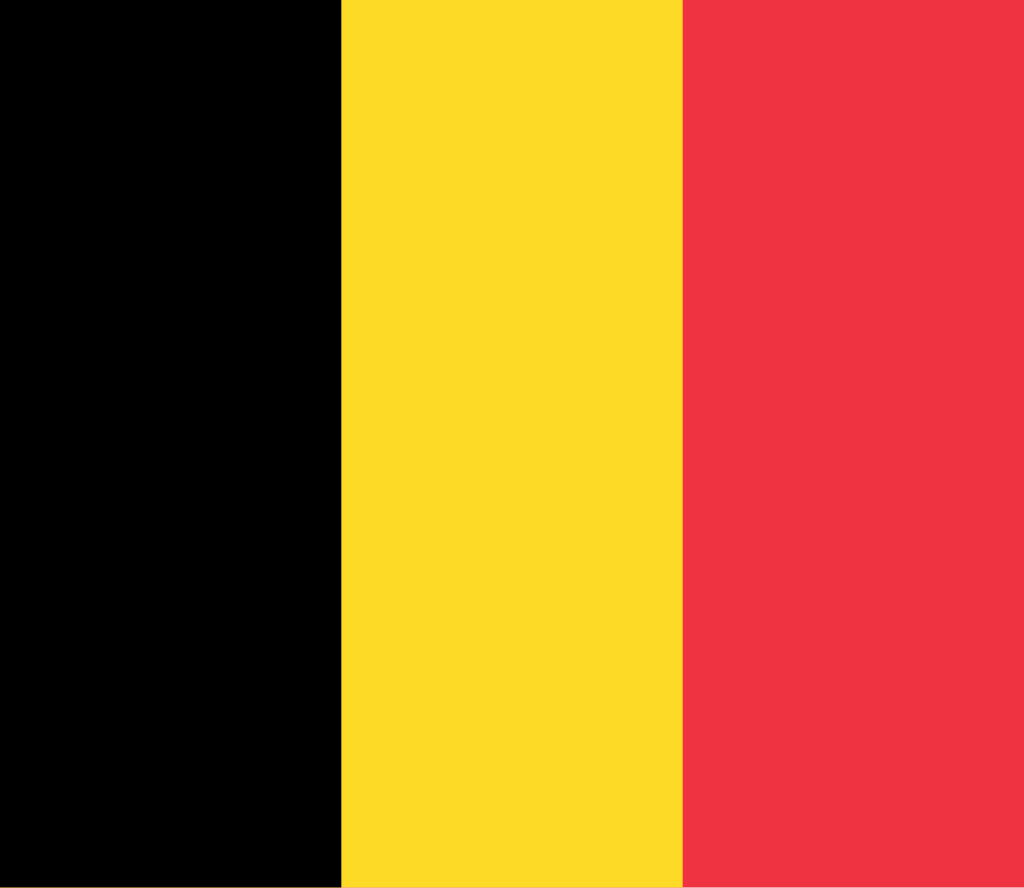The flag of Belgium, officially adopted on January 23, 1831, symbolizes the country’s independence and unity. The design was inspired by the colors of the Duchy of Brabant, a historical region that played a key role in the Belgian Revolution against Dutch rule in 1830.
Design and Proportions
- Colors: Black, yellow, and red, which represent the Belgian provinces’ traditional colors. The black symbolizes determination, the yellow represents wealth and generosity, and the red stands for strength and bravery.
- Layout: The flag has three vertical stripes of equal width, with the black stripe on the hoist side, followed by yellow and red.
- Proportions: The official ratio of the flag is 13:15, making it slightly wider than most national flags, which typically have a 2:3 ratio.
Historical Context
- The flag was first used during the Belgian Revolution of 1830 when Belgians sought independence from the Netherlands. The initial design had horizontal stripes, but it was later changed to vertical stripes to distinguish it from other flags.
- The current vertical design was solidified when Belgium became an independent constitutional monarchy in 1831.
Symbolism
- The colors are rooted in Belgian heraldry and symbolize the unity of the various regions within Belgium, including Flanders, Wallonia, and Brussels.
- The flag is a symbol of Belgian nationalism and independence, reflecting the country’s history of struggle for freedom and unity.
Usage
- The Belgian flag is flown on national holidays, at government buildings, and during international events where Belgium is represented, such as the Olympics.
- The flag is also used by the Belgian military, but the naval ensign and the flag of the Belgian Air Force have different designs.
Overall, the flag of Belgium is not just a national symbol but also a representation of the country’s rich history and diverse cultural heritage.
